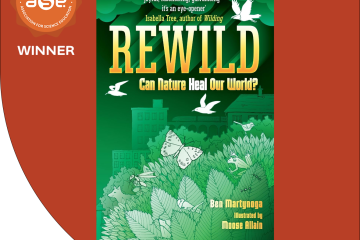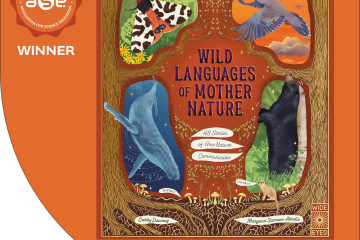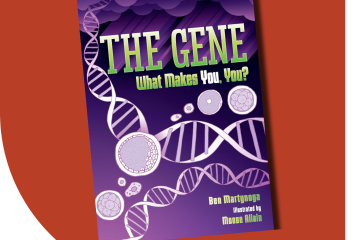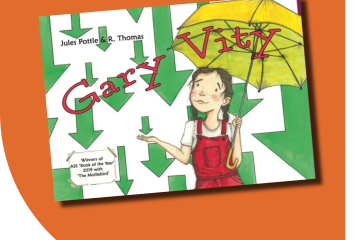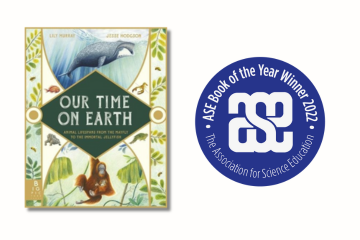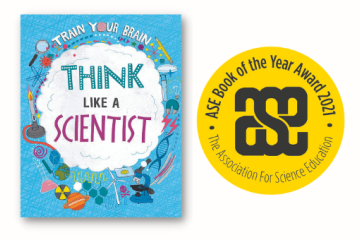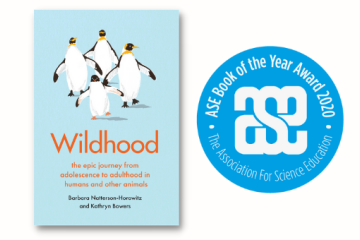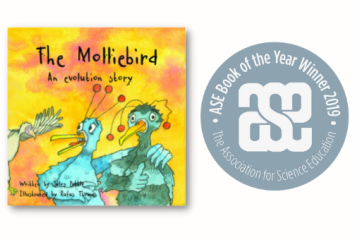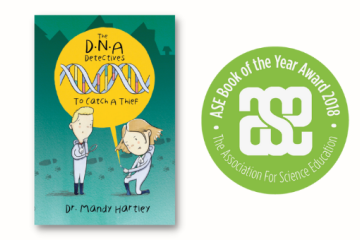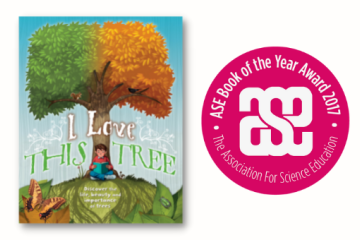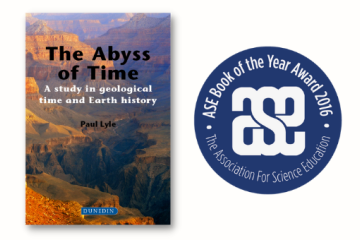ASE Book of the Year Award

Submissions for ASE’s Book of the Year 2025 are now closed. The shortlisted titles for the Primary, Secondary and Textbook categories can be viewed on our news page.
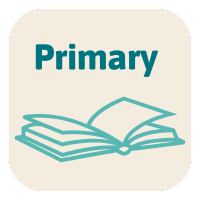

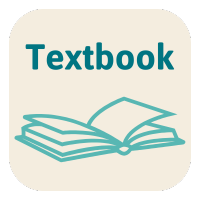
- All scientific content must be accurate and up to date.
- Entries to the 'Textbook' category must be either student or teacher books covering part of the science curriculum. Both fiction and nonfiction titles may be entered into either the 'Primary' or 'Secondary' category.
- All titles entered must have been published in the period from 1st July 2024 to 30th June 2025
- All titles must be entered as English language editions.
- Eight physical copies of each entry must be provided for review, and eBooks and digital editions cannot be accepted.
- Any queries should be sent to willhoole@ase.org.uk
- The deadline to receive physical review copies is 4th August 2025
- By submitting to the ASE Book of the Year (BOTY) you are agreeing to the above entry criteria and the terms & conditions
Please note: Millgate will purchase copies of the book at a trade discount of 50% for sale online and at ASE Annual Conference 2026 as part of which ASE's BOTY winners will be announced. Books will be sold by Millgate at retail price.
- All submissions must be made via the online submission form. By submitting a title for consideration, you are accepting the terms and conditions below and are agreeing that the title meets the entry criteria above. All eligible titles will be entered into ASE's Book of the Year (BOTY) awards 2025.
- Entries must be made by the publisher of the title and any submission will be taken as agreement for the work to be considered. There is no restriction on the location of publishers. There are no restrictions on the nationality, age or any other characteristic of the author(s).
- Each publisher may submit up to five entries.
- There is no fee to enter.
- By entering, the publishers agree to give the ASE permission to promote the entered title as part of BOTY 2025.
- The review panel is appointed by the ASE. The judging panel's decision on the eligibility of an entry is final.
- In the event of a title being shortlisted for the BOTY award, publishers agree that they will supply a synopsis and book cover (licensed for royalty-free use and distribution) for ASE's promotional use.
- Successful publishers will be allowed to acknowledge the award in subsequent reprints, editions and marketing of shortlisted, highly commended and winning books.
- Shortlisted titles will be sold to Millgate subject to a trade discount (50%) for sale at retail price.
- No review copies will be returned to publishers.
- The ASE BOTY awards have no monetary value.
2024 Winners: Primary Category
WINNER
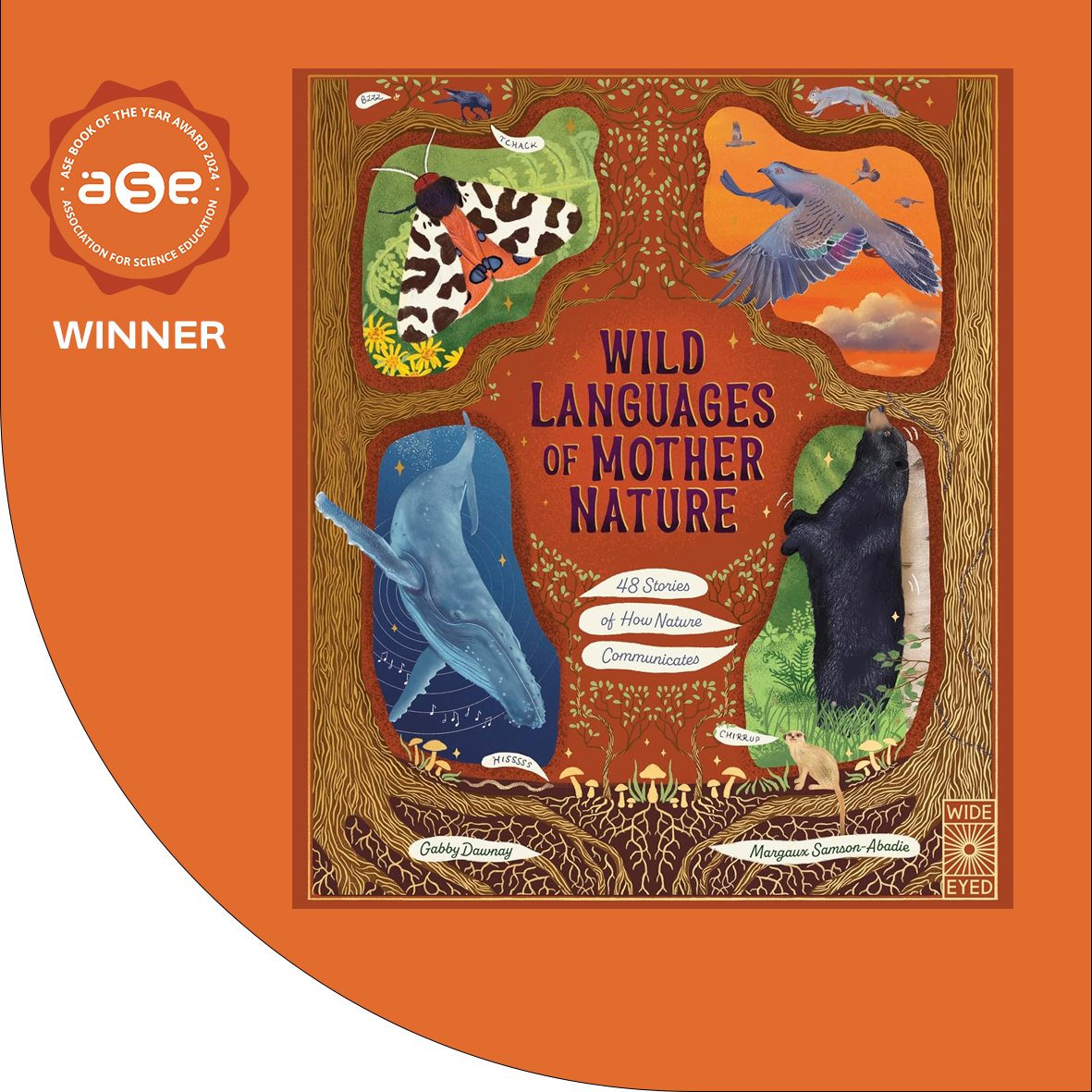 Wild Languages of Mother Nature
Wild Languages of Mother Nature
By Gabby Dawnay, Illustrated by Margaux Samson Abadie
The winner of ASE's Primary Book of the Year award is this collection of 48 illustrated stories from the Nature’s Storybook series explores the various ways animals and plants communicate. The stories examine how communication occurs in nature, whether it's to share information within a group, attract a mate, or defend against predators. Each story is complemented by nonfiction facts, providing readers with a deeper understanding of the natural world and the unique behaviours of wildlife. This book offers both an engaging narrative and educational insights into animal and plant communication.
HIGHLY COMMENDED
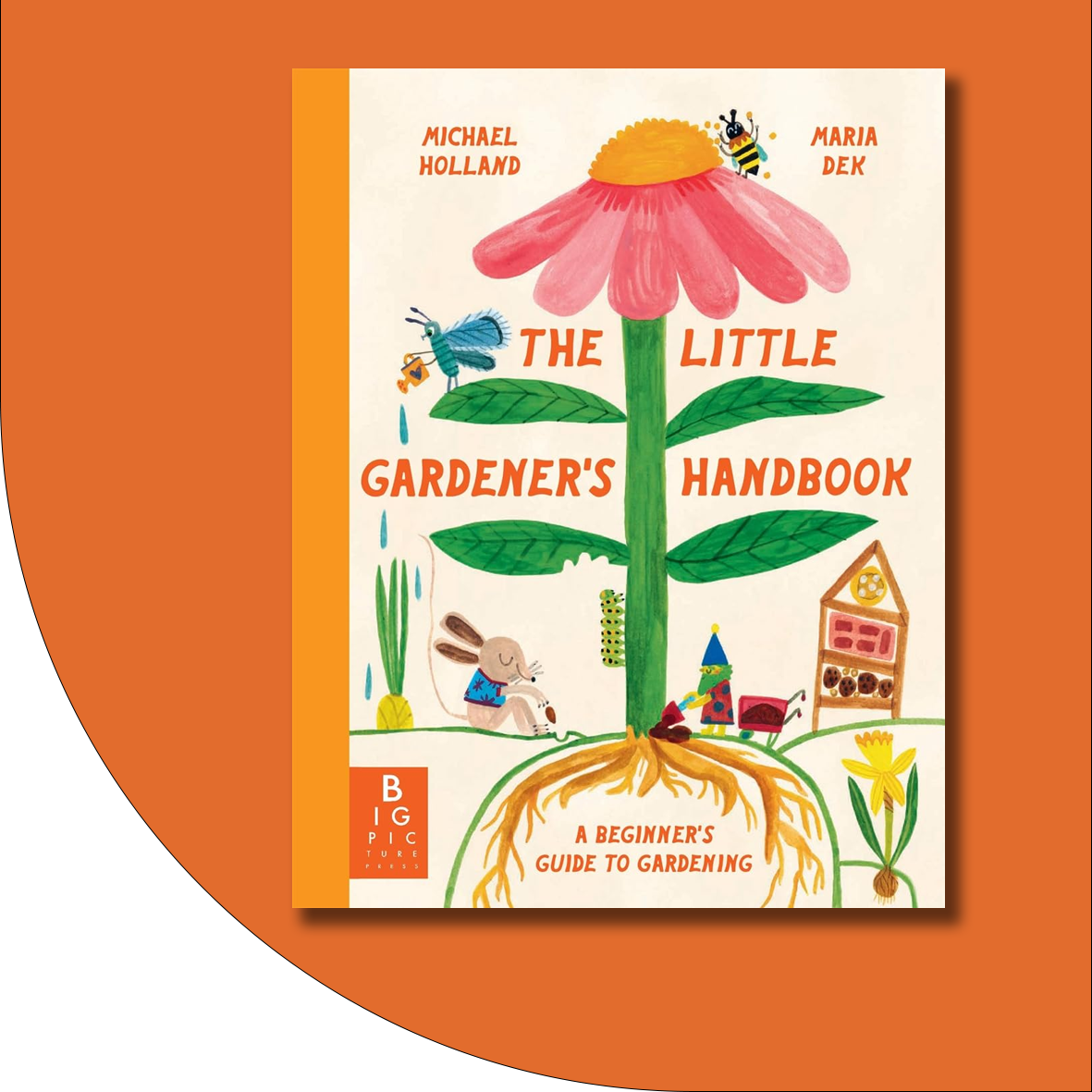 The Little Gardener's Handbook
The Little Gardener's Handbook
By Michael Holland, Illustrated by Maria Dek
The Little Gardener's Handbook is an ideal resource for introducing gardening to young readers. Whether growing plants in a garden or creating a terrarium indoors, this book provides practical guidance on how plants grow and how to care for them. It also covers essential topics such as growing vegetables and the importance of protecting the environment. Designed to inspire curiosity, this handbook encourages readers to explore and connect with the natural world through hands-on gardening activities.
HIGHLY COMMENDED
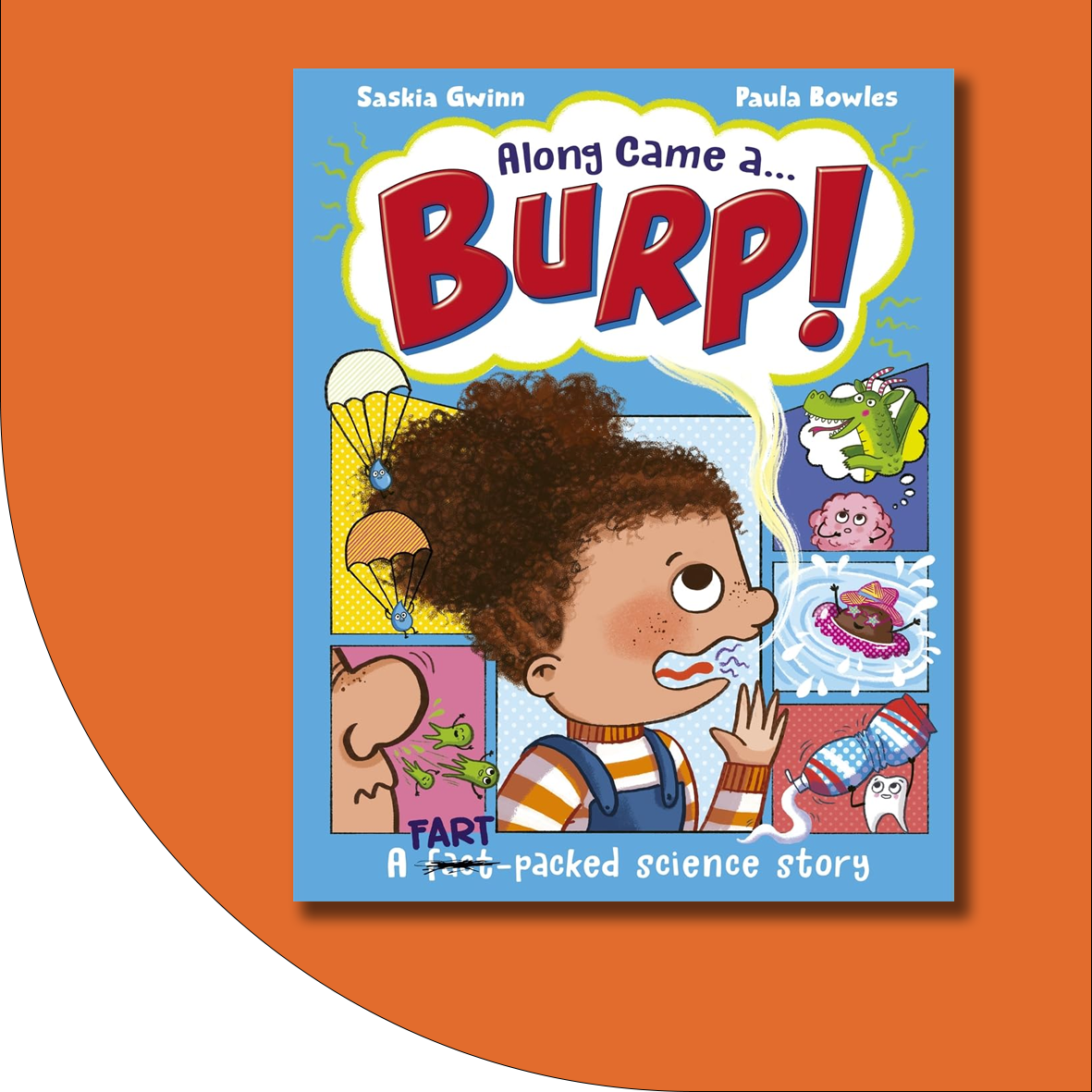 Along Came a... Burp!
Along Came a... Burp!
By Saskia Gwinn, Illustrated by Paula Bowles
Along Came a... Burp explores the various bodily functions in a fun, informative way. It answers common questions about the human body, such as what causes a sneeze, why burps happen, and how a wee is triggered. Presented in a comic-book style with a range of colourful characters, including burps, sneezes, and poos, each section offers a simple explanation of how these processes occur. This book is ideal for young readers who are curious about the body and enjoy discovering the science behind everyday functions.
2024 Winners: Secondary Category
WINNER
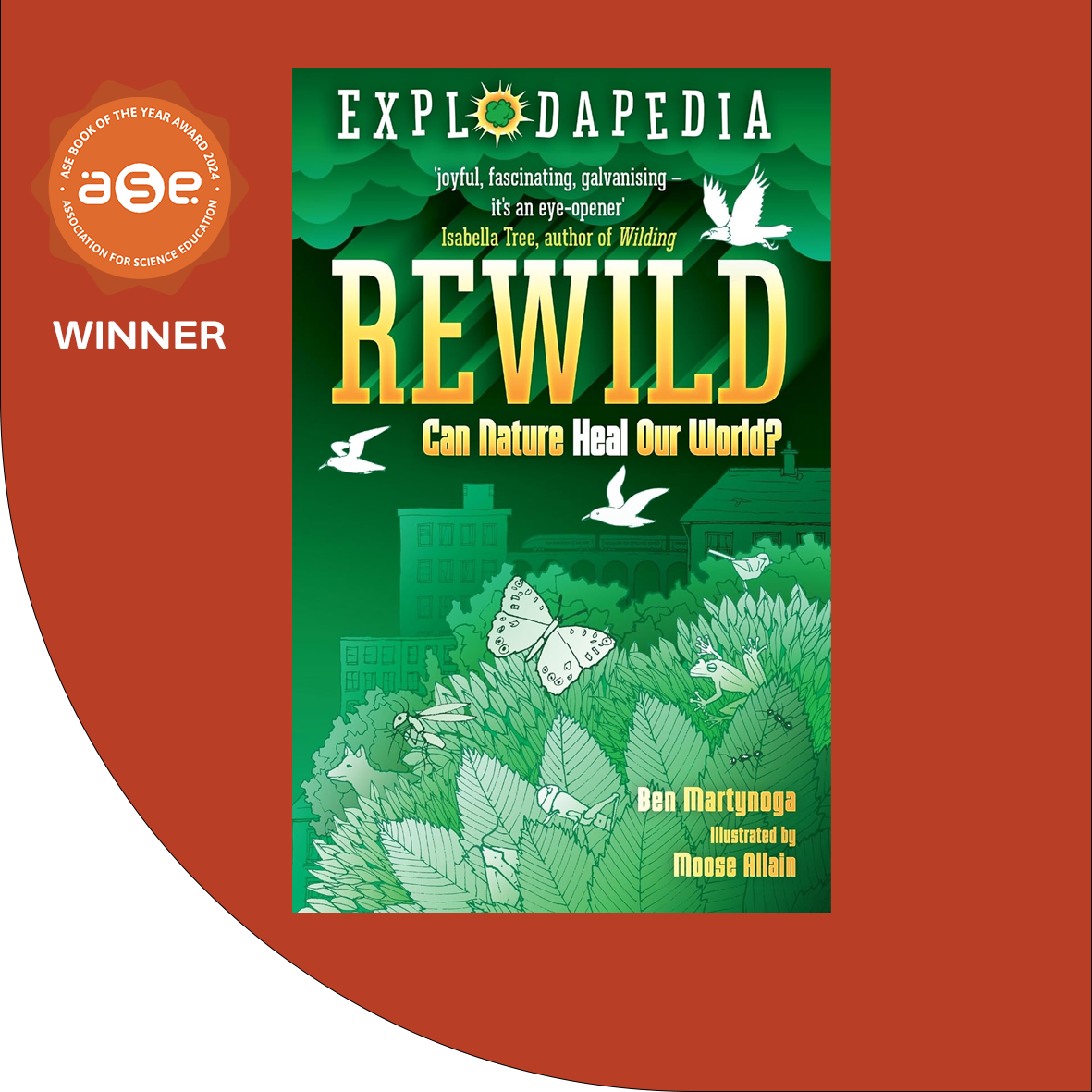 Explodapedia: REWILD
Explodapedia: REWILD
By Ben Martynoga, Illustrated by Moose Allain
The winner of the ASE's Secondary Book of the Year is this title from the unique encyclopedia series that presents information in an engaging, accessible way, combining text and illustrations. Rewild focuses on how nature can help restore the planet, using a mix of humor and informative content. The book explores the importance of various animals and ecosystems, such as wolves, beavers, whales, and even genetically engineered woolly mammoths, in ecological restoration efforts. Through vibrant illustrations and insightful narratives, the book encourages readers to understand and support rewilding as a means to protect the environment.
HIGHLY COMMENDED
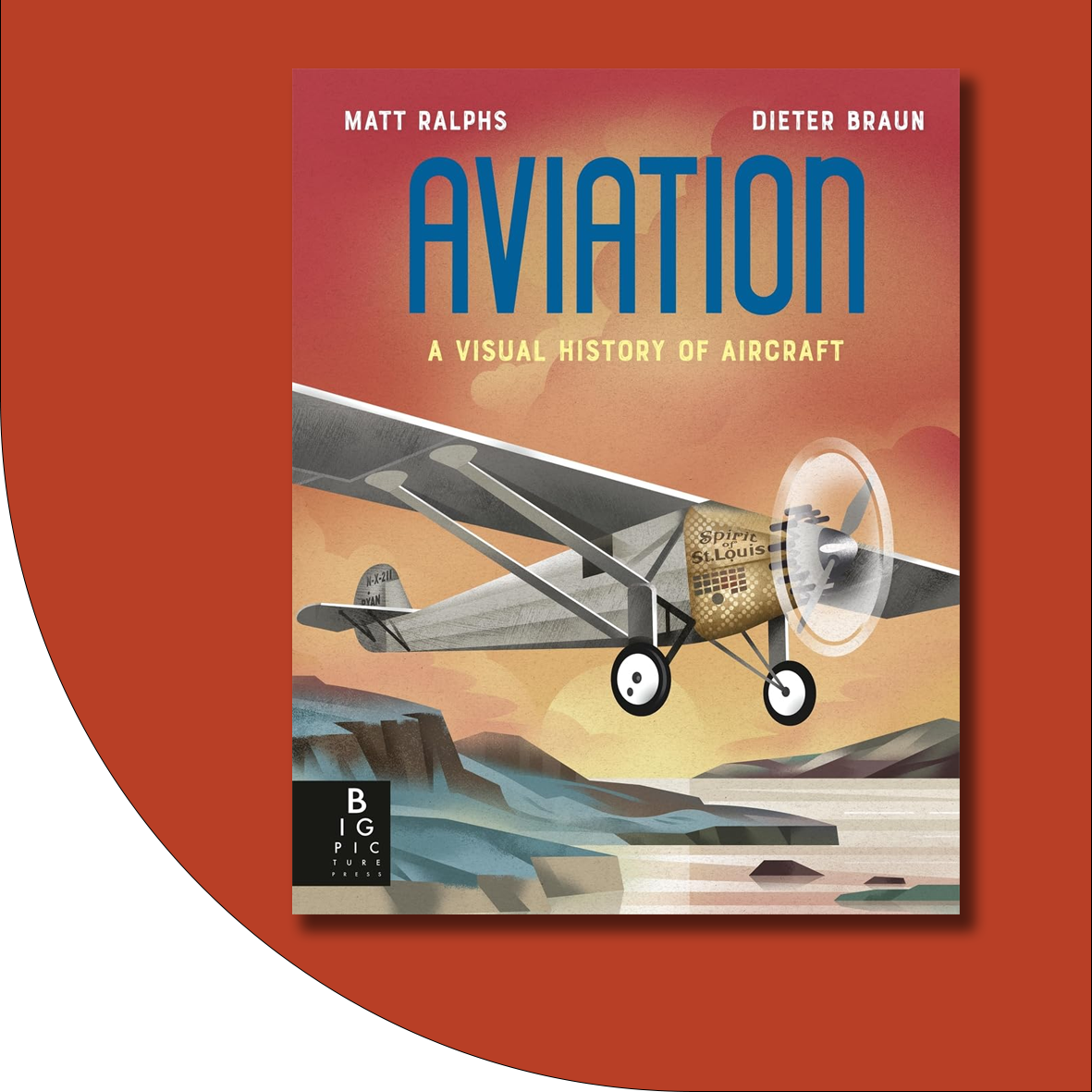 Aviation
Aviation
By Matt Ralphs, Illustrated by Dieter Braun
Aviation provides an illustrated overview of various aircraft, including aeroplanes, biplanes, monoplanes, and helicopters. The book highlights the evolution of these machines, showcasing their design and technological advancements from the past to the present, and offers a glimpse into future developments in aviation.

